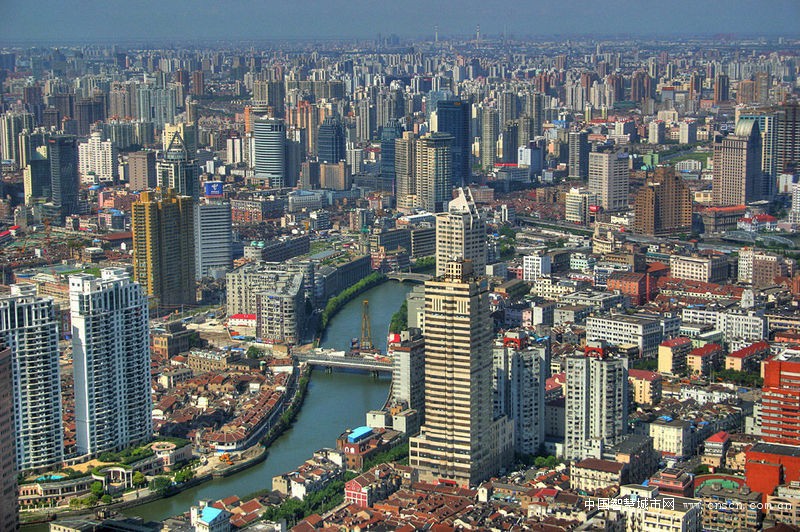2019.09.02
10

City clusters, a new form of urbanization, are planned to boost sustainable and inclusive regional development in China. Nineteen city clusters identified by the 13th Five Year Plan (2016-20) account for one-fifth of the country’s land, half of the national population, and three quarters of the national GDP. Challenges arise on how to move people across city clusters seamlessly.
Government officials, experts of domestics and international think tanks, scholars, and practitioners discussed smart and low-carbon urban transport development priorities at city cluster level during the 10th COTA-World Bank China Transport Forum in Nanjing on July 8, 2019. This year marks the 10th anniversary of the Forum which connects transport practitioners throughout the world sharing in-depth ideas on most concerned topics in transport sector.
Building "One Hour Commuting Circle"
"One hour commuting circle" connects regional downtown areas by an integrated multimodal transport network. In Beijing, one of the world's busiest metro systems, with a total length of 636.8 km, moves people efficiently within a 30-km service radius. For travel distances between 30 km and 70 km, commuter rail should have played an important role of mass transit but underdeveloped, Zhang Shuai from Beijing Transport Research Institute said.
The planning of Jing-Jin-Ji on Rail is to better link Beijing, Tianjin and Hebei within one hour commuting circle for integrated regional development. Institutional coordination and sustainable financing are key success factors, Shuai added.
International best practices indicate that mature metropolitan areas use urban rail as a primary commuting service for a distance between 40-100 km connecting downtown areas and city outskirts, Ling Xiaojing, President of CIECC Urban Construction Design Co.,Ltd, introduced. Nanjing municipality is also committed to building its metropolitan area with the scope of "One hour commuting circle". Nanjing is promoting the rail transit network infrastructure integration comprising national trunk railway, intercity railway, urban rail, and subway.
Response to Future Trends
"If we manage the asphalt and concrete, we can move more people," Roger Miller, Secretary of Transportation, Washington State Department of Transportation (WSDOT) emphasized when presenting WSDOT's strategic plan and future trends.
For instance, the interstate highway I-405 section with dynamically-priced dual express toll lanes moves more vehicles than five-lane I-5 sections with similar daily traffic volumes. Recently, a total amount of US$1.3 billion Connecting Washington Investment has taken place to improve transit mobility and promote regional multimodal passenger transport. The vision is to provide safe, reliable and cost-effective transportation options to improve communities and economic vitality for people and businesses.
"It's time to response to future trends," Roger said. The time to transition from today's fleet to the future of connected and automated vehicles is uncertain, full of variables and policy decisions, but one thing for certain is that highly automated vehicles are entering the market rapidly so we need to be proactive, Roger further explained. Washington State will explore ways to facilitate autonomous driving including policies, standards, and infrastructure upgrading.
Innovative technology is as good as the ability of the public agencies to understand, deploy, and harness it, Amer Muhammad, Director of ASCE's Transportation & Development Institute said. There are six key sociopolitical, economic, environmental, and technological macrotrends were identified by ASCE in its Future World Vision as key drivers of changes for civil engineers and the built environment: alternative energy, autonomous vehicles, climate change, smart city, advanced material, and funding policy.
Subscribe our newsletter to keep up to date with the latest news and analysis... Explore other transport news...